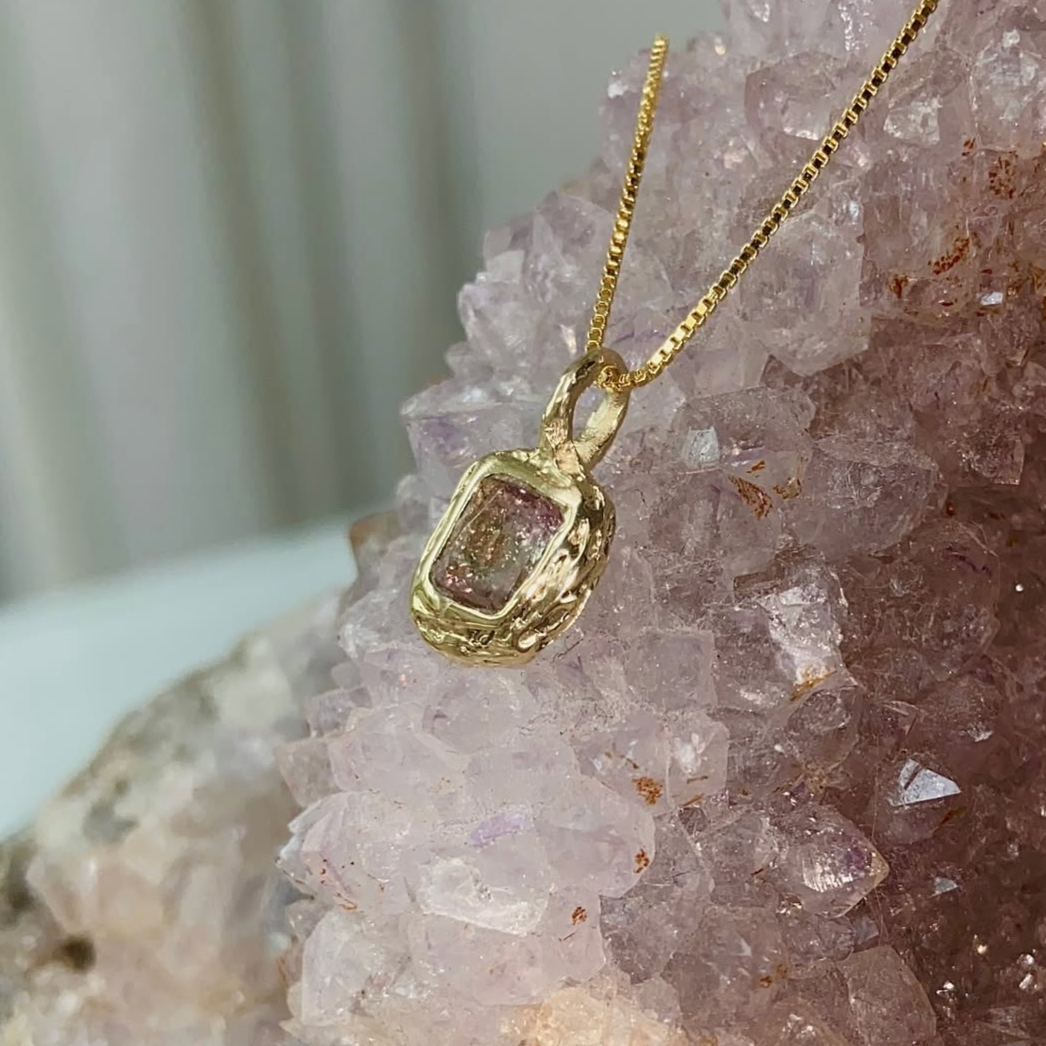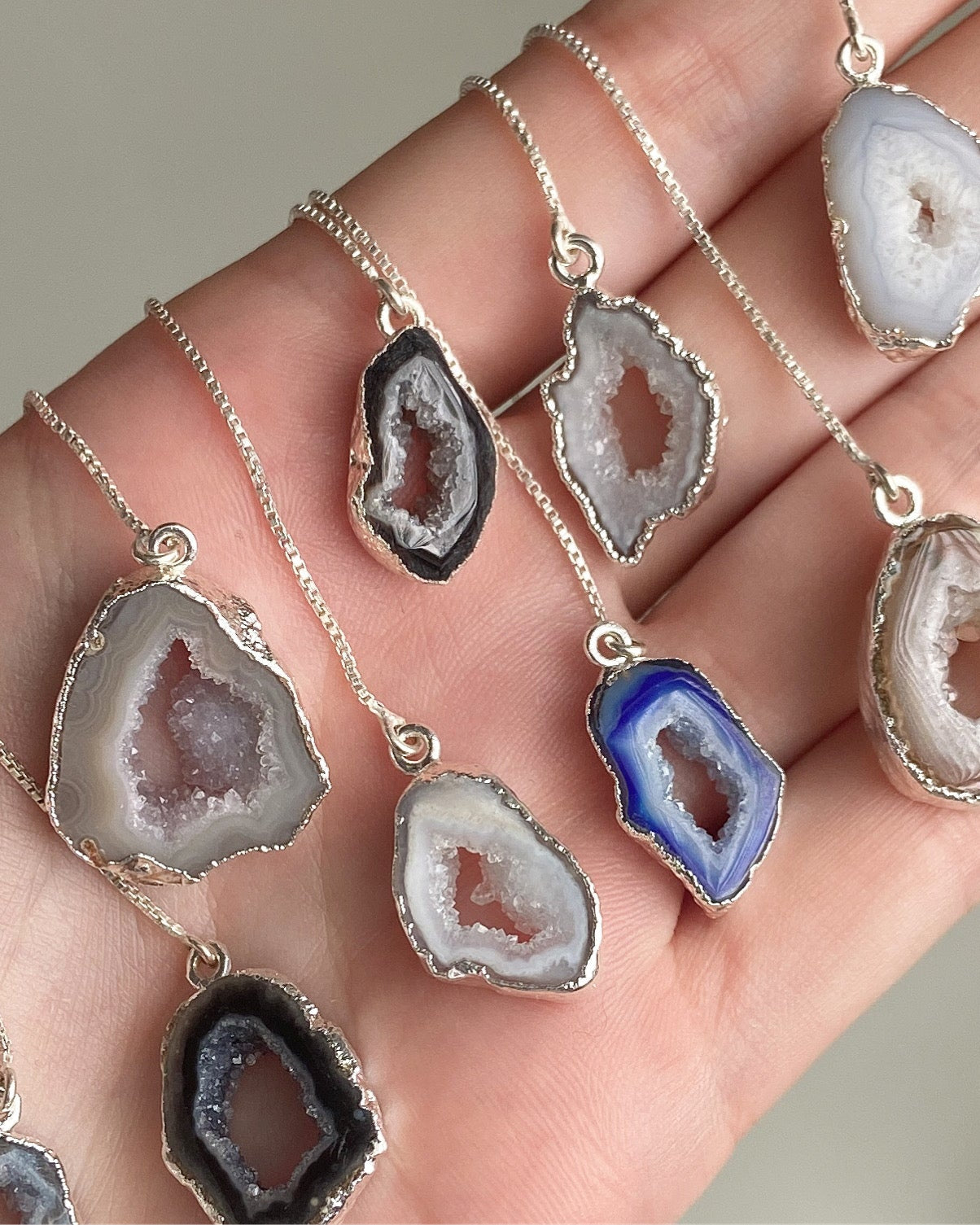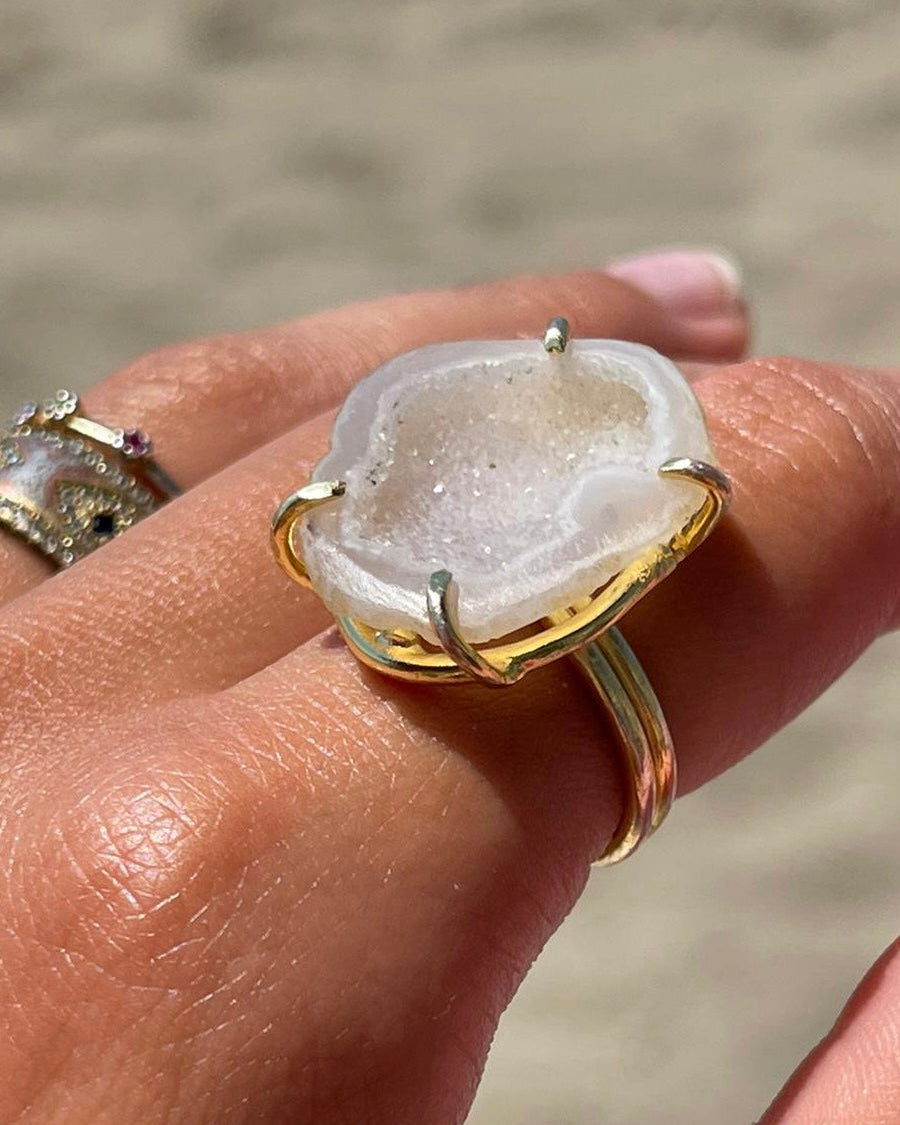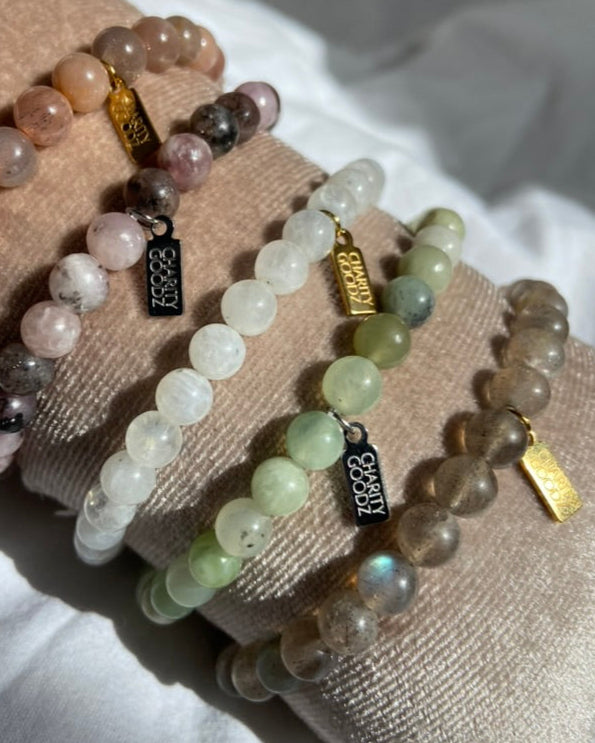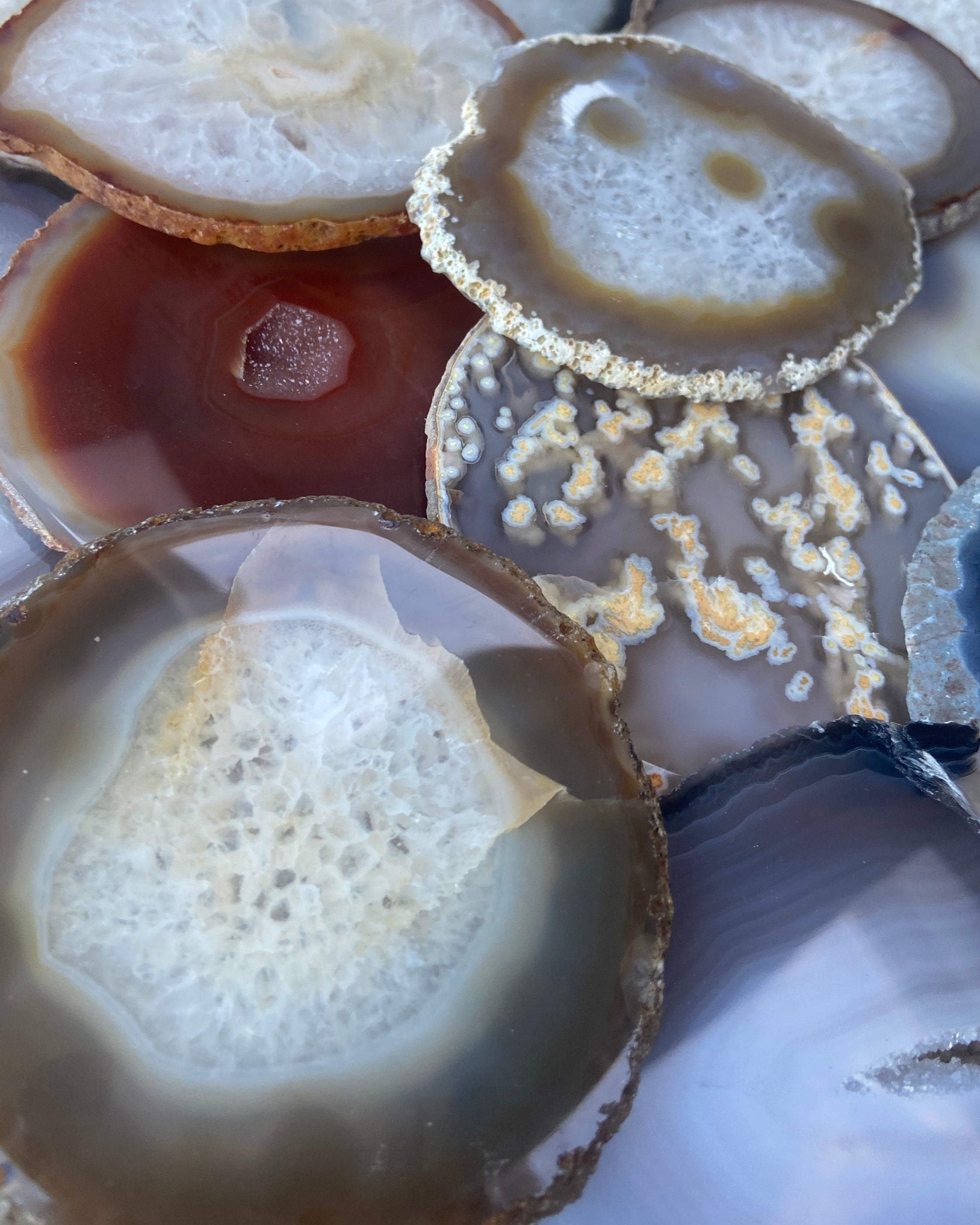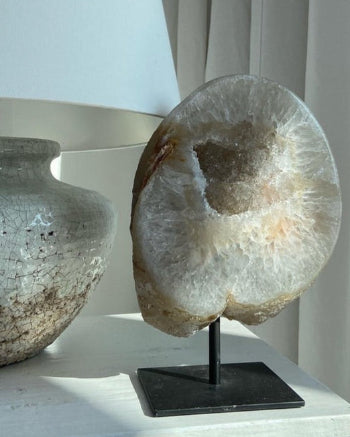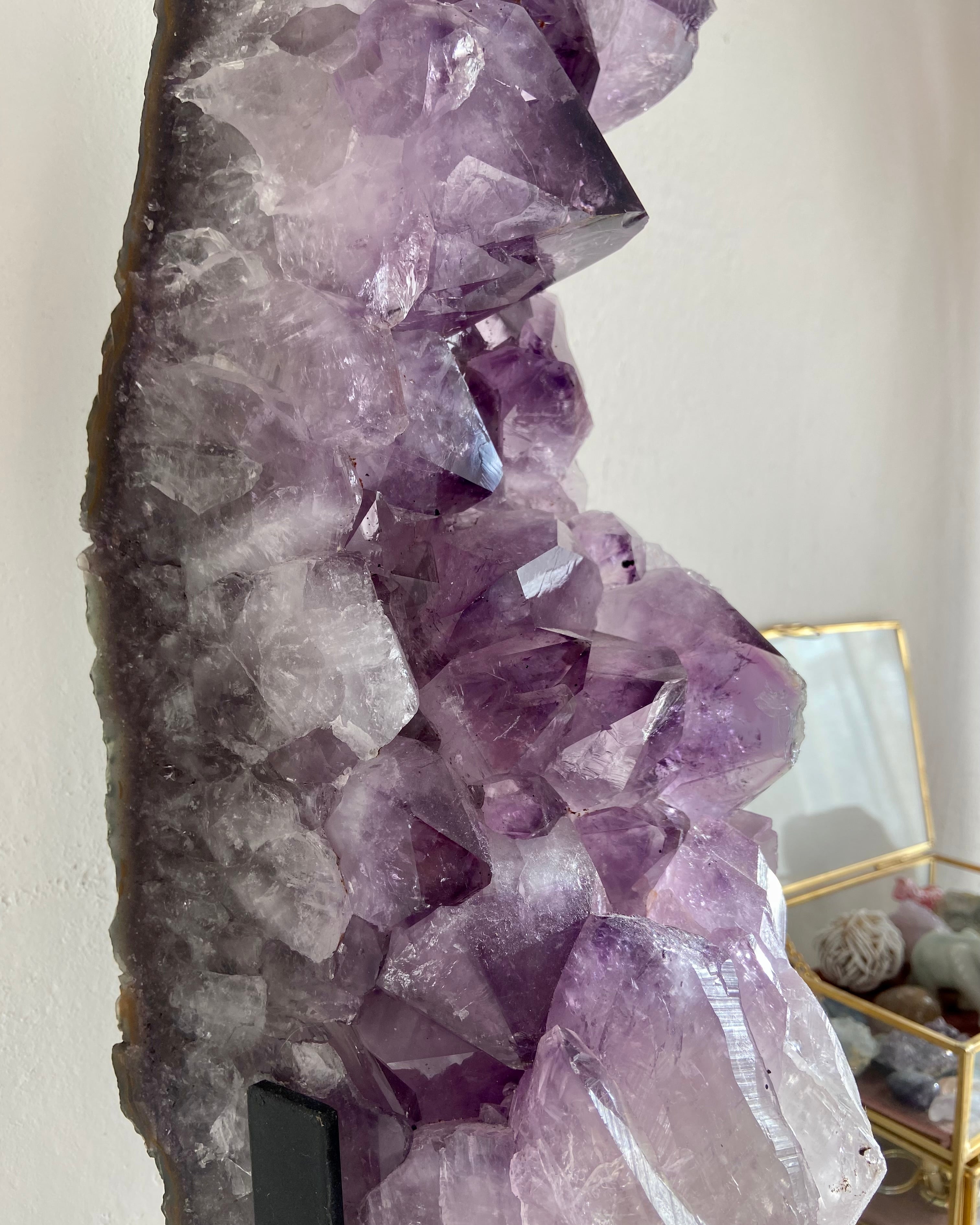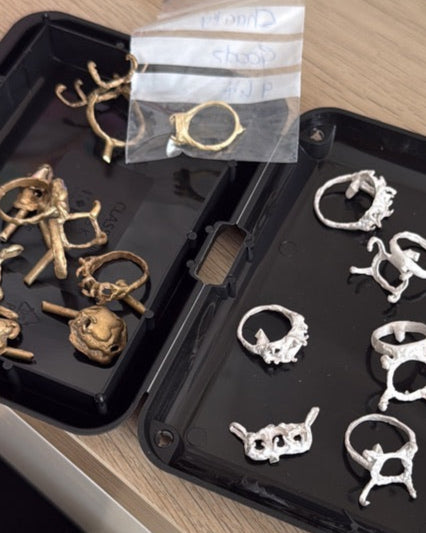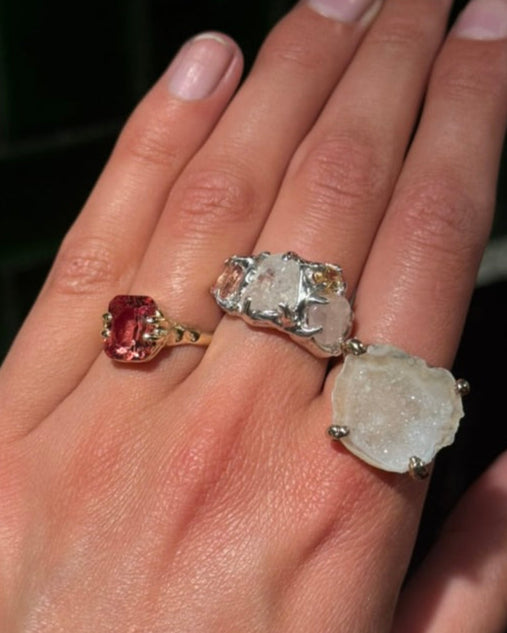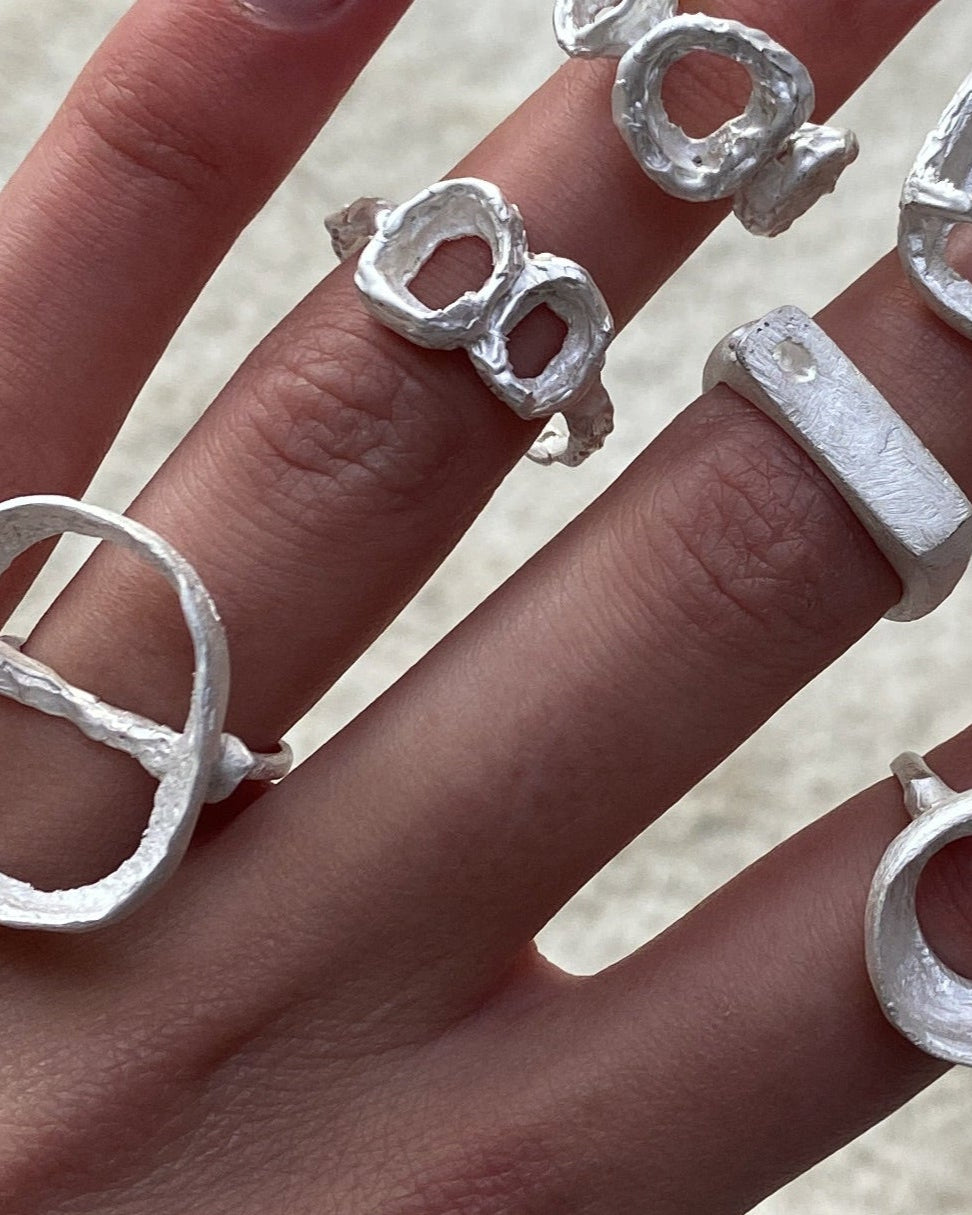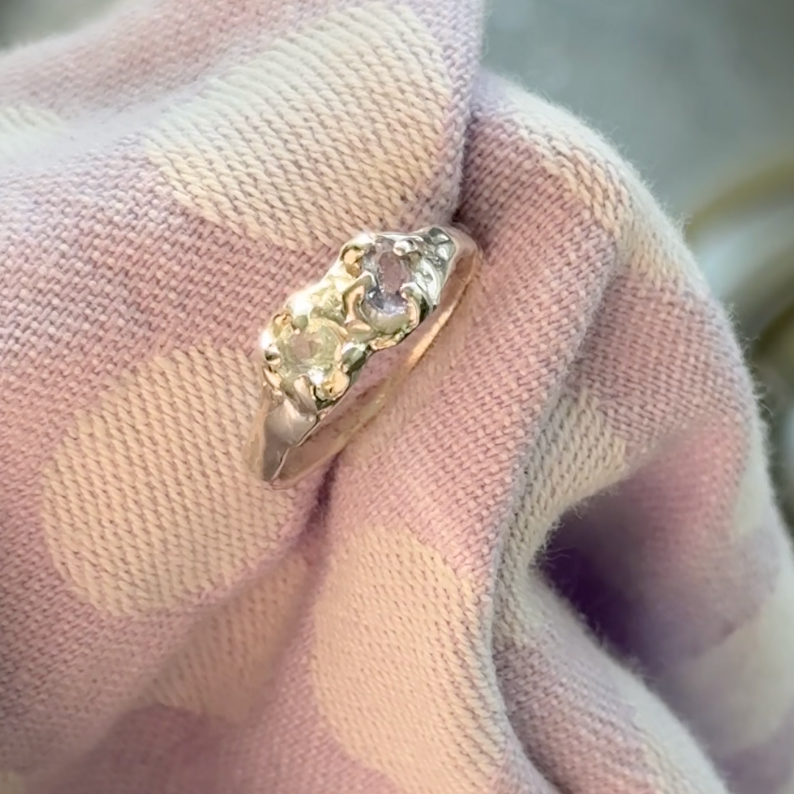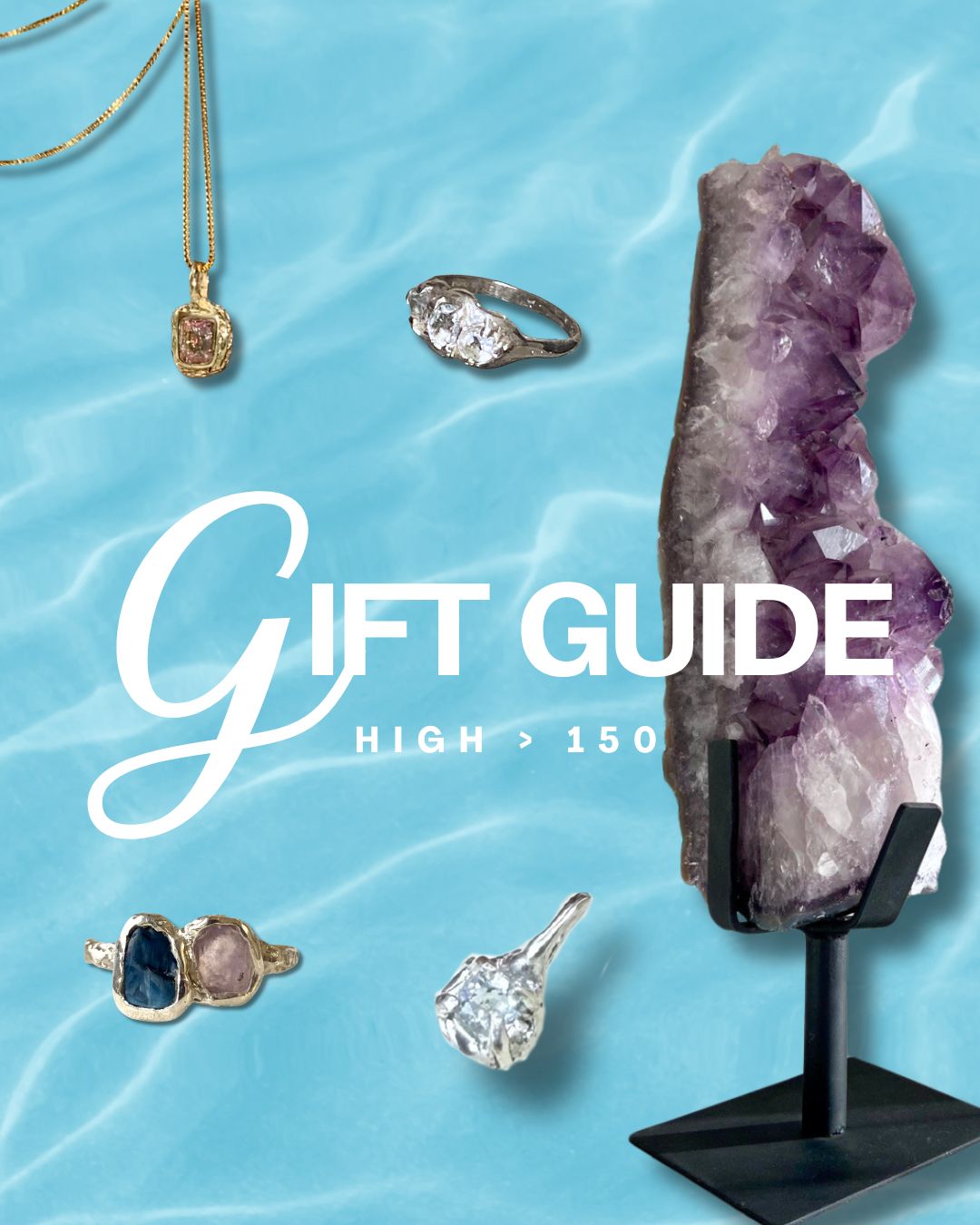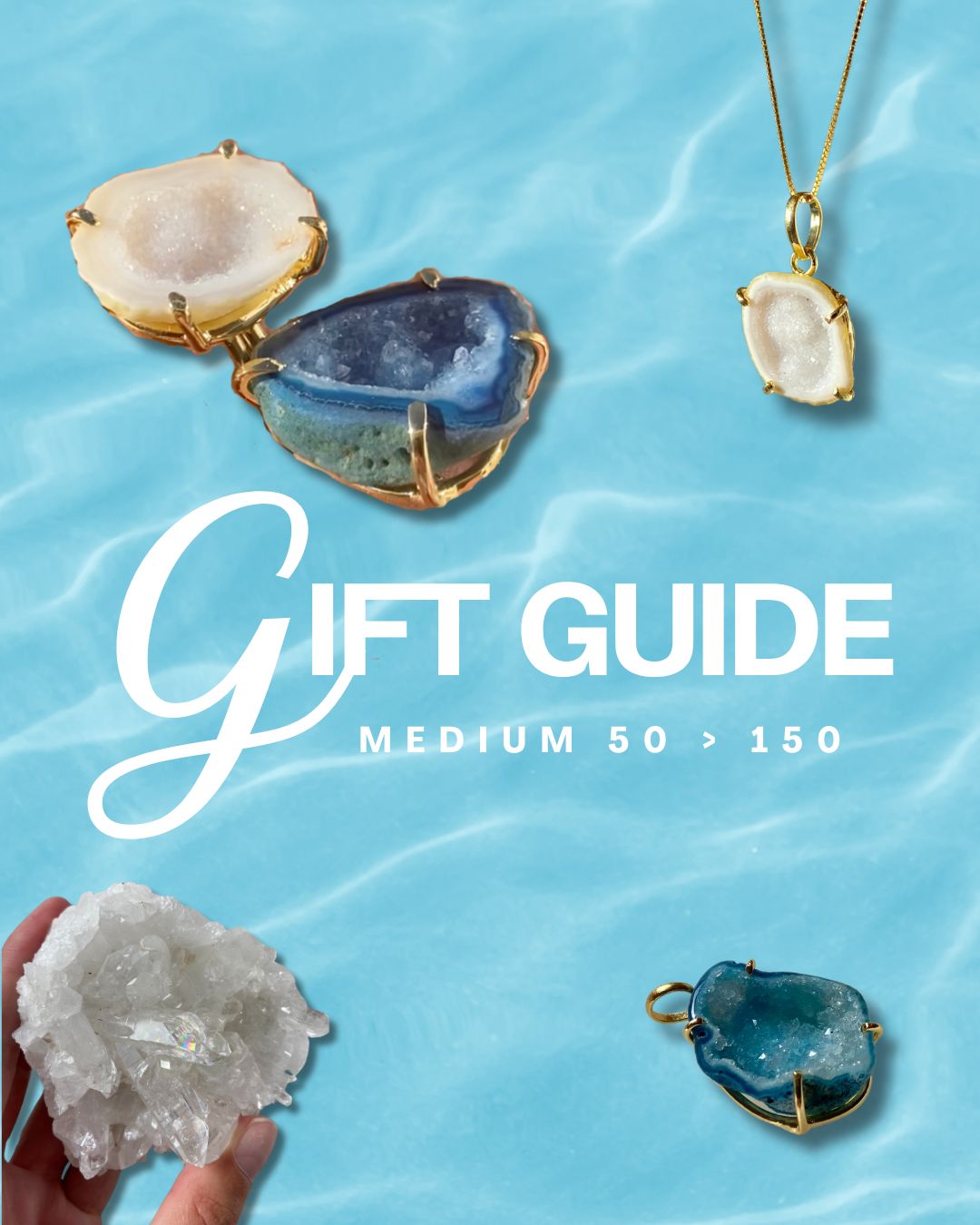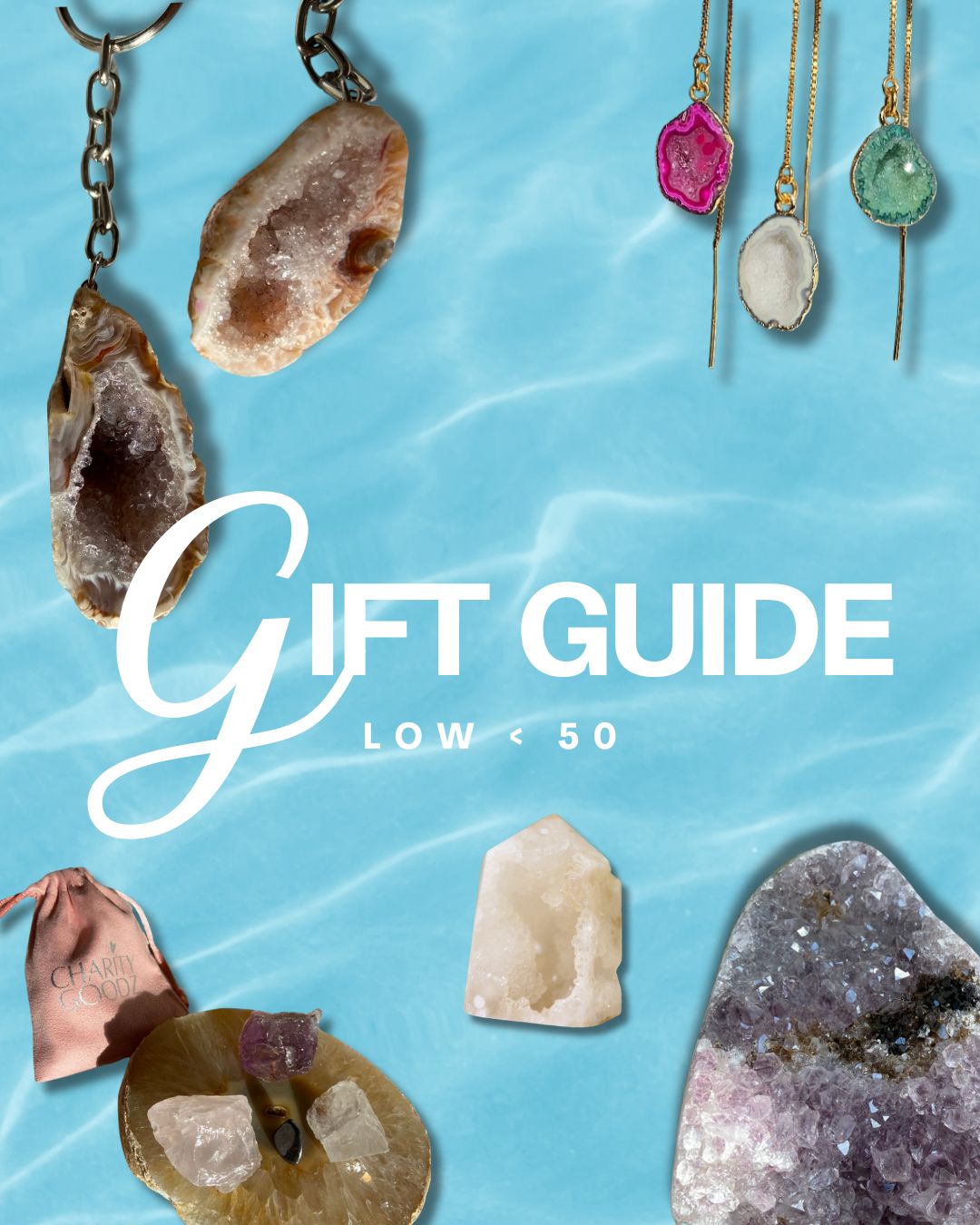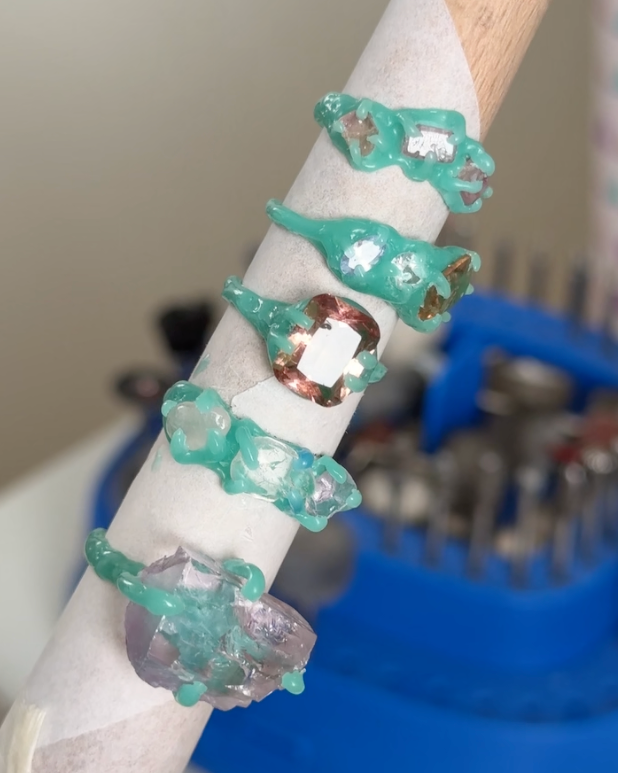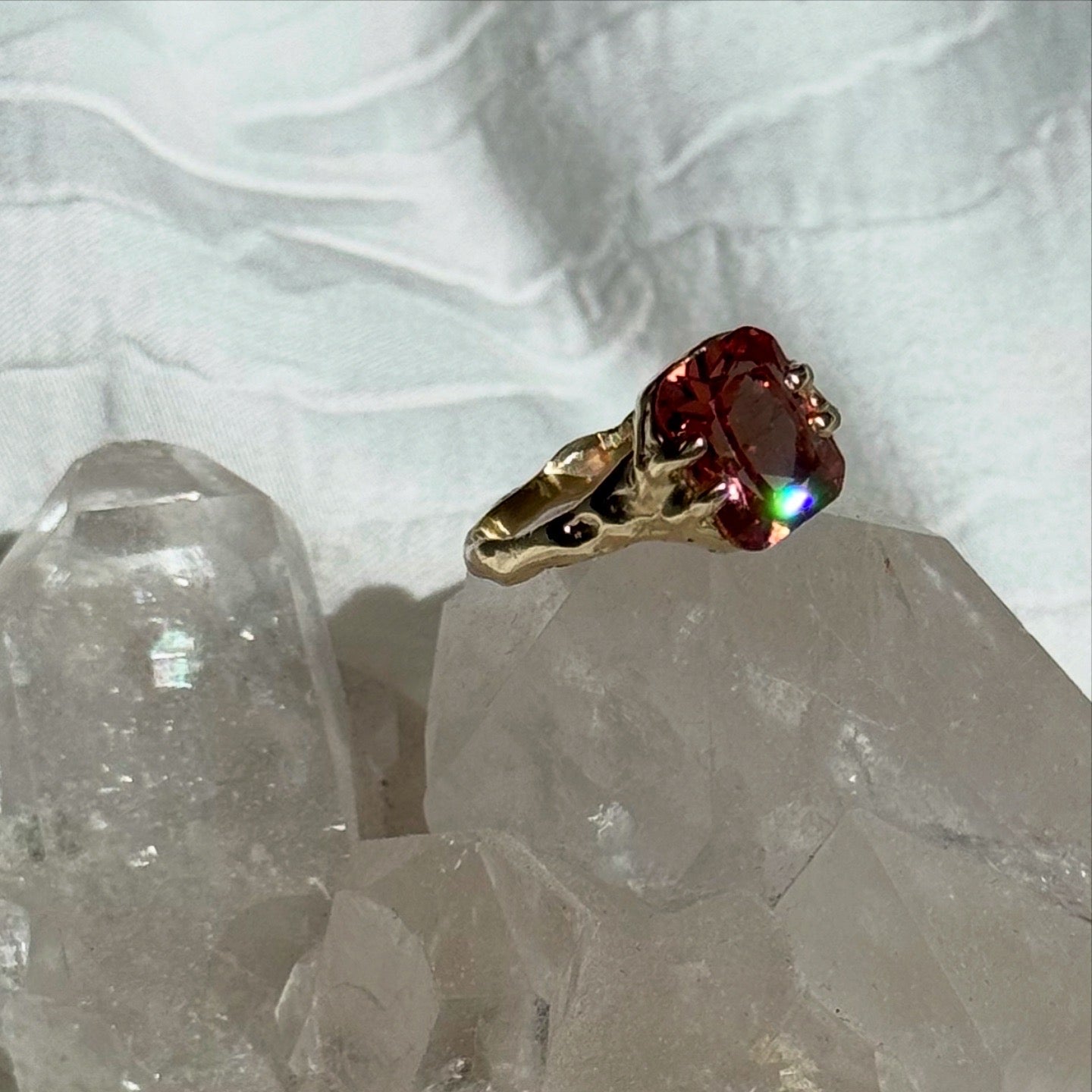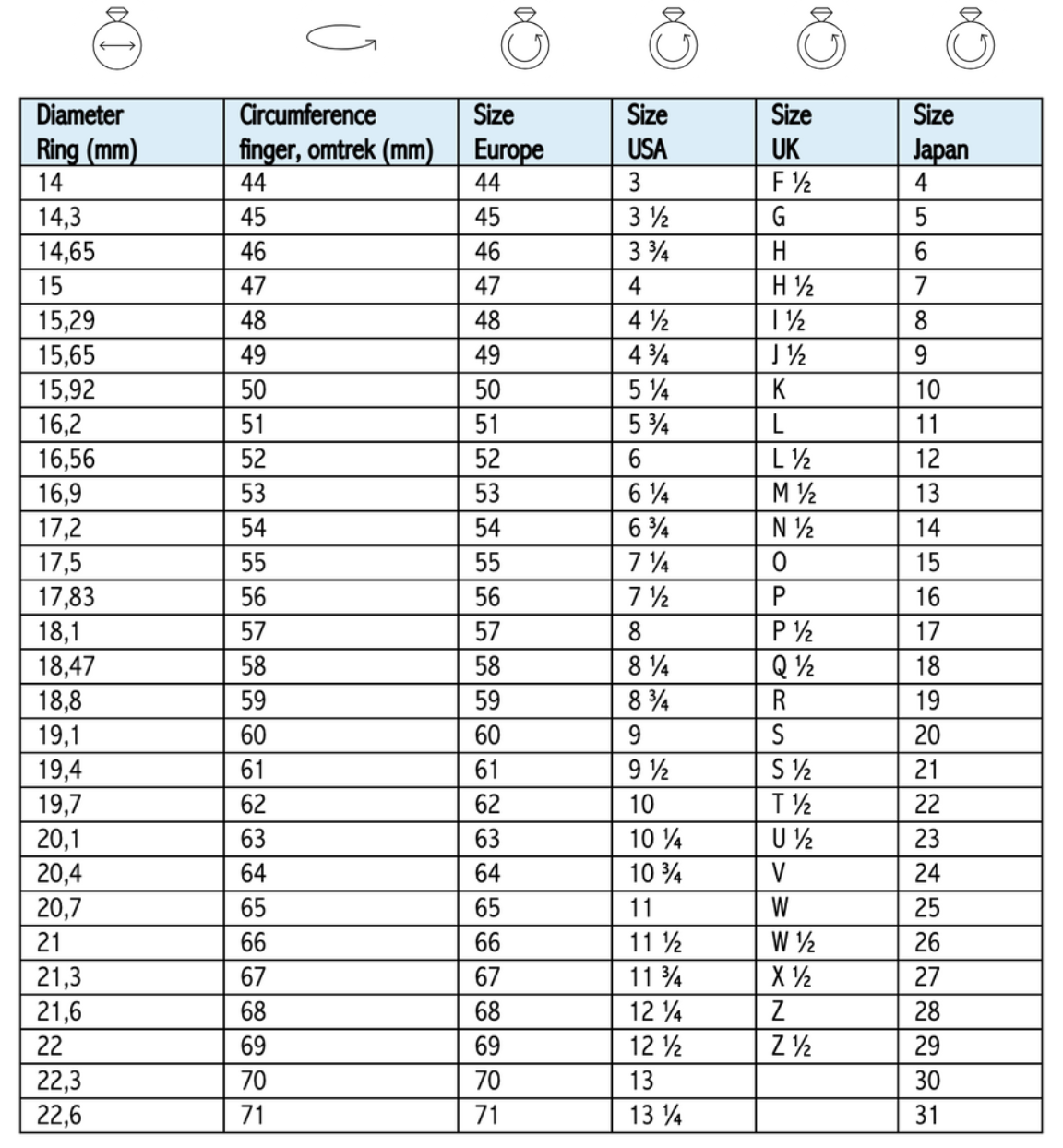
On the right you'll find an international ring size guide to help you determine the right fit. You can use this chart in two ways:
- If you have a ring that already fits you well, simply measure the inner diameter and match it to the corresponding size.
- If you don’t have a ring, you can measure the circumference of your finger and use the chart to find your size.
Already know your ring size in a different system? This guide also helps you convert it to the European ring size, which is the sizing standard we use on our website.
Don't know your size? Measure it following the steps below!
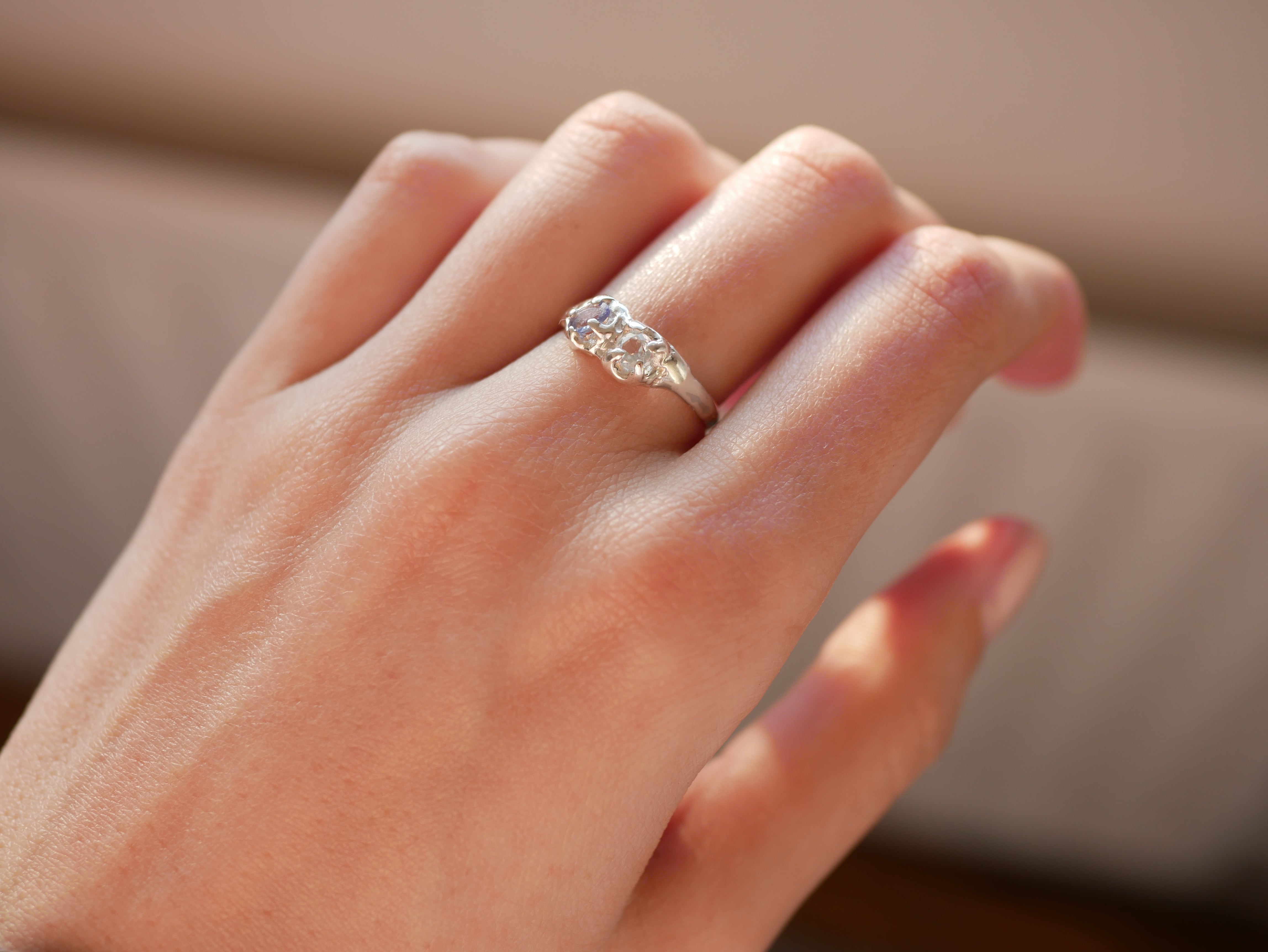
Measure your size
A. with your own ring
Option 1. Measure using a ruler:
- Choose a ring that fits the finger you plan to wear your new ring on.
- Make sure the ring is perfectly round and hasn't lost its shape.
- Use a ruler to measure the inside diameter of the ring in millimeters (mm).
- Multiply the diameter by 3.14 to calculate your ring size (in circumference).
- Example: A diameter of 17 mm × 3.14 = size 53.4 → round up to size 54.
- Tip: Wider rings (over 5 mm) often require a slightly larger size for a comfortable fit.
Option 2. Measure at a local jeweler:
For the most precise fit, we recommend visiting a professional jeweler. They use specialized tools and sizing rings to accurately determine your ring size.
Be sure to mention whether you’re sizing for a thin or wide band, as wider rings typically require a slightly larger size.
B. No ring? No problem!
Follow the next stepts to find your size.
Step 1: Wrap a string around your finger
- Take a thin string.
- Wrap it around the base of the finger you want to measure and where you will wear your ring
- Snip where the string overlaps.
Step 2: Measure the Length
- Lay the string flat and measure the length up to the mark with a ruler (in millimeters).
Step 3: Use the chart above to find your circumference in MM and then EU size (which we use on the website).

